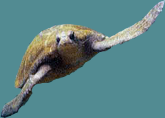Overview of Fishing in Galápagos
Vision
As mentioned elsewhere on this site, it is key that the village be self-sustaining. For this to happen, the locals must be an integral part of the solution, for through them it is possible to establish this community of people as one well educated about conservation, building design, and ecological balance while at the same time also establishing the structure for a social fabric that will tend to compound and strengthen over time without loosing its flexibility under stress.
As this applies to fishing, when this design is fully complete no person will depend upon a single source of income to survive, and in each case a portion of this diversified income base comes from work devoted to some aspect of the islands conservation. Within the fishing sector, two primary changes will take place: first, all fishermen will be employed as part of the marine reserve, and second, the current fishing fleet with have been replaced with a light weight, fuel independent fleet of boats designed specifically to facility the above mentioned shifts.
[top]
Ocean Pickup and Marine Patrol
The optimal means of implementing an integration of marine patrol, pollution control, and fishing strategy revolves around the use of a boat design that is some thirty years old. Pioneered by John and Jonathan Todd, the ocean pickup is a small craft based on a trimaron racing skeleton. Its three hulls are constructed of soft wood fiber set into a resin base and then shaped using a single mold.
In our case, this design could not come at a better time. The fishermen are well aware that they have over fished and that as a result that the days of glut and glory are over. To address this, they are looking to diversify their income and integration within the marine reserve does this with incredible ease. Invasive soft wood species such as Quinine and Guava desperately need to be eradicated, and their wood is perfect for ocean pickup design. The boats the fishermen have now are between ten and twelve years old, which is bringing them up to the edge of their life cycle and in turn opening the door to a new, increasingly flexible technology. Diesel prices have also risen, and will rise even more if subsidies to the islands are removed, which encourages the adoption of a fleet that is independent of any fuel, particularly as these boats have a greater load capacity and can travel between four and eight knots faster than the present fishing boats.
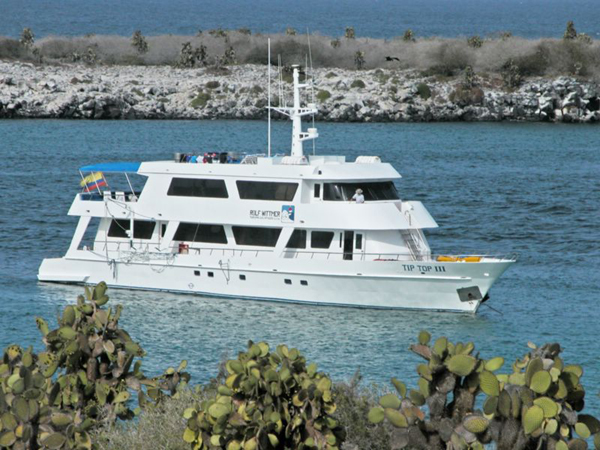
(Jason Sharrett, 2004)
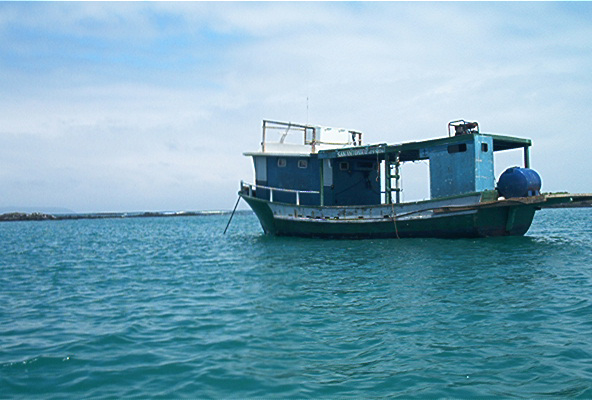
(Jason Sharrett, 2004)
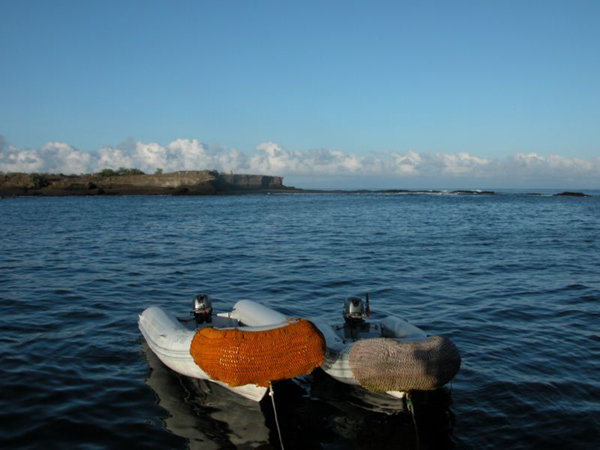
(Jason Sharrett, 2004)
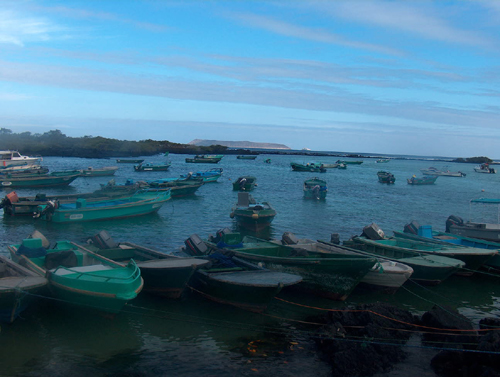
(Jason Sharrett, 2004)
[top]
Implementation of Initiative
Ocean pickup design implementation will begin immediately. The initial capital investment for the tools and necessary materials will be provided by the international trust, and then once the villagers who decide to take the production of these boats on as their project have established themselves, full financial independence will be transferred to them.
Despite the incredible capacity of incentives and purpose to instill change, implementing the current Special Law and the annually decreed specific catch laws is key to remains an essential aspect of any fishing proposal designed to resolve the current crisis. Please see the section in the biopreserve on legislation for further information about how and why these programs will and have been developed.
[top]
Conclusion
The key to resolving the fishing crisis that has been plaguing the Galápagos since 1992 is to break the fishermen’s reliance on the sea as their source of profit and link it instead to an investment in and care for these very same aspects of their lives.
[top]
Copyright!
All rights reserved. Webmasters


